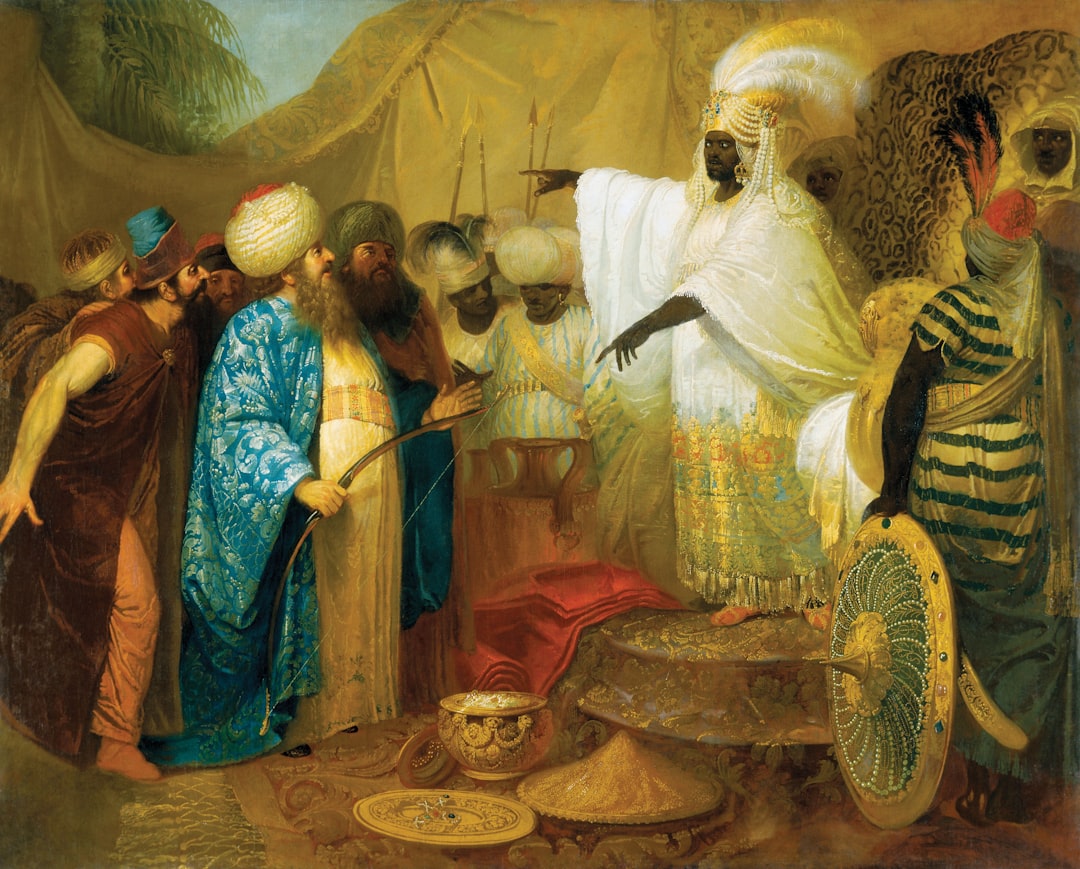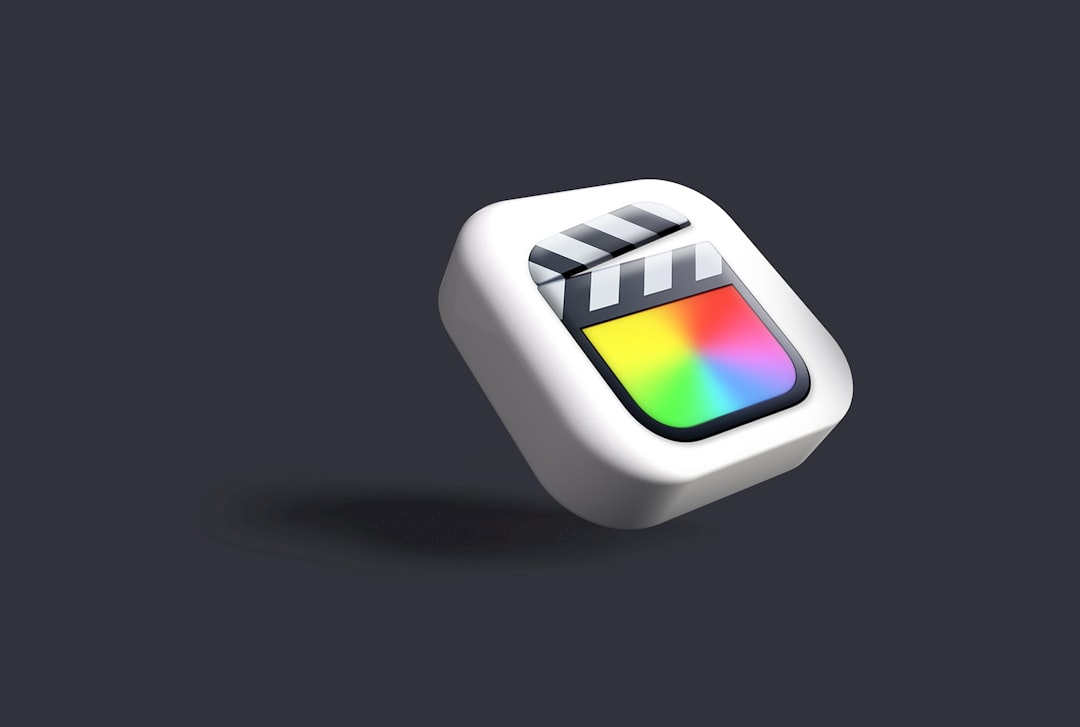Ingenuity, expression, and creativity have always been abundant in the field of art. For ages, artists have looked for platforms to present their work & establish relationships with collectors who value their distinct perspective. Non-Fungible Tokens, or NFTs, are a recent phenomenon that is completely changing the art market. Digital assets, such as music, videos, artwork, or even virtual real estate, are known as NFTs.
Key Takeaways
- NFTs are digital assets that use blockchain technology to verify ownership and authenticity.
- Selling art as NFTs has the potential to revolutionize the art market by providing a new way for artists to monetize their work.
- My art as NFT offers a unique opportunity for collectors to own a one-of-a-kind digital asset with verified ownership and authenticity.
- Purchasing my art as NFT is easy and can be done through various online marketplaces.
- Owning my art as NFT provides benefits such as increased liquidity, transparency, and potential for appreciation in value.
They serve as a representation of ownership or an authenticator for one piece of unique content. NFTs are indivisible and cannot be traded like-for-like with other cryptocurrencies, such as Bitcoin or Ethereum, which are fungible and can be exchanged one-to-one. Because each NFT is unique, its value is determined by factors such as scarcity, desirability, and collector demand. The art market has been significantly impacted by the emergence of NFTs.
The promise of greater visibility, autonomy over their work, and novel and exciting revenue streams for their creations is attracting a plethora of artists and collectors to this innovative technology. It’s critical to comprehend the fundamentals of NFT operation in order to fully appreciate their impact on the art market. Fundamentally, a nonfungible token (NFT) is an electronic asset kept on a blockchain, an open, decentralized ledger. The authenticity and provenance of the NFT are guaranteed by this blockchain technology, making it nearly impossible to fake or alter. An artwork or piece of content is linked to an NFT created by an artist. By giving that specific item a unique identity, this NFT serves as a digital certificate of ownership.
It also includes the creator’s information, the creation date, and any other metadata the artist chooses to add. Upon creation, the NFT can be traded, purchased, and sold on a number of internet markets. Collectors can find and buy NFTs on these marketplaces, which provide a venue for artists to exhibit their work.
| Metrics | Data |
|---|---|
| Artwork Title | Offer for My Art as NFT: A Potential Sale |
| Artist | [Artist Name] |
| Artwork Type | NFT |
| Artwork Category | [Category] |
| Artwork Description | [Description] |
| Artwork Dimensions | [Dimensions] |
| Artwork Medium | [Medium] |
| Artwork Edition | [Edition] |
| Artwork Price | [Price] |
| Artwork Availability | [Availability] |
Blockchain technology ensures security and transparency by recording the transactions. Diverse NFT varieties exist, each possessing distinct attributes of its own. While some NFTs can represent an entire work of art, others might represent a group or sequence of pieces. Also, NFTs can vary in their degree of interactivity, giving collectors access to more experiences or content pertaining to the piece of art. It could change everything for both artists and collectors to be able to sell their works as NFTs.
The following are some of the causes:1. Greater Authority Over Their Creations: Artists are able to exercise greater authority over their works when they sell them as NFTs. They have the authority to determine all the terms of the sale, including the cost, royalties, and any other requirements they choose to add. Artists who have typically relied on galleries or other middlemen to sell their work will find this level of control to be empowering. 2.
Enhanced Visibility: NFTs have given artists access to a whole new realm of visibility. Artists are able to reach a worldwide audience of collectors & enthusiasts through social media platforms & online marketplaces specifically for NFTs. This greater visibility may result in fresh prospects, partnerships, and acknowledgment for their efforts. 3. Potential for Increased Value: There is a chance that NFTs will raise the price of art.
Because NFTs are rare and distinctive, collectors find them to be very valuable, which raises demand and may raise the artwork’s value. In order to guarantee that they will always be compensated for the admiration of their work, artists can also receive royalties from subsequent sales of their NFTs. After going over the fundamentals of NFTs and their possible effects on the art market, let’s examine my artwork as NFTs in more detail. Embracing this new technology as an artist, I sell my pieces as NFTs. My distinct viewpoint and artistic vision are reflected in my work of art.
I want my artwork to challenge the viewer’s perspective of reality, arouse emotion, and make them think. I am able to reach collectors who value my artistic vision and share my work with a worldwide audience by offering my artwork as NFTs. For a few reasons, I decided to sell my artwork as NFTs. First off, NFTs, in my opinion, offer a special chance for me to present my work in a digital format.
It is not possible for traditional media to provide the immersive & interactive experiences that I can create around my art. I can push the envelope of what is conceivable in the art world and interact with collectors in novel and fascinating ways thanks to NFTs. Second, I have more control over my art now that I’m selling it as NFTs. The terms of the sale are entirely up to me, & they can include any additional requirements I want to impose in addition to the price and royalties. As an artist, this degree of control is liberating because it gives me the ability to determine the direction and worth of my work.
Finally, I think that NFTs will eventually raise the value of my artwork. As a result of their rarity and distinctiveness, NFTs are in great demand among collectors, which could raise the market price of my artwork. Also, the capacity to receive royalties from follow-up sales guarantees that I will continue to gain from the recognition of my work long after the first sale.
Buying my artwork as NFTs can be done in the following ways, which are explained in detail below:1. Select a Marketplace: You can find and buy my art on a number of online marketplaces that are specifically for NFTs. SuperRare, Rarible, and OpenSea are a few well-liked choices. Take some time to look around & select the marketplace that best meets your needs as each has distinct features and an interface. 2.
Establish a Wallet: A digital wallet that works with the marketplace of your choice is required in order to purchase and sell NFTs. Commonly used wallets, like MetaMask or Trust Wallet, are simple to set up by following the setup guidelines supplied by the wallet provider. Three. Fund Your Wallet: After setting up your wallet, you must add cryptocurrency to it.
Ethereum (ETH) is the main payment method accepted by the majority of NFT marketplaces. From a number of cryptocurrency exchanges, you can buy ETH and move it to your wallet. 4. Explore and Discover: You can begin looking through the marketplace for my artwork as soon as your wallet has been funded.
To find the NFTs I have for sale, use the search function or browse the various categories. Every NFT will have a distinct listing with pictures, details, and cost. 5. Make a Purchase: Click the listing to view more details about an artwork you’ve found that you want to buy. Click the “Buy” button & proceed as instructed to finish the transaction if the terms and price meet your needs.
Review the gas fees related to the transaction, as they may change based on network congestion. 6. Enjoy and Spread the Word: Upon completion of the transaction, you will obtain legal ownership of the NFT and digital artwork. You can look at and appreciate the artwork in your wallet or post it to social media to let people know about your recent purchase. Collecting my art as NFTs offers owners a number of advantages.
You should think about including my NFTs in your collection for the following reasons:1. Experience Unparalleled: Collecting NFTs offers owners an unforgettable & immersive encounter. Because NFTs are digital, they can include dynamic and interactive elements that aren’t possible with more conventional art media.
Possessing my NFTs provides a unique experience, whether it’s through augmented reality, virtual exhibitions, or unlocking more content. 2. Proof of Authenticity: NFTs give collectors ownership and authenticity documentation. Any artwork is guaranteed to be one-of-a-kind and unchangeable by the blockchain technology utilized in NFTs. This authentication adds value to the piece and reassures collectors that they are holding a real work of art. 3. Possibility of Appreciation in Value: NFTs could see a rise in value over time.
Because NFTs are rare and distinctive, collectors find them to be very valuable, which may raise demand & raise the artwork’s estimated value. In order to ensure that they keep getting paid for the appreciation of their work, artists can also receive royalties from secondary sales. NFTs have the potential to completely change the way that art is purchased, sold, and experienced, but what does the future hold for this revolutionary art market? The following are some ways that NFTs will influence art sales in the future:1.
Democratization of the Art Market: By lowering entrance barriers for creators and buyers, NFTs have the ability to democratize the art market. To exhibit and sell their work, artists are no longer dependent on galleries or other middlemen. They are able to maintain greater control over their works & establish direct connections with collectors.
Comparably, art collectors have access to a worldwide art market that enables them to find and promote up-and-coming artists from all over the world. 2. Improved Collecting Experience: NFTs provide collectors a fresh and improved way to collect. When compared to traditional art mediums, NFTs’ digital format makes interactive and dynamic elements possible. In addition to participating in virtual exhibitions and even showcasing their NFTs in virtual reality environments, collectors can unlock additional content. Immersion experiences like this give collecting a fresh perspective and enable more in-depth interactions with the artwork.
Three. Possibilities & Challenges: NFTs give collectors and artists both exciting new avenues for their work as well as some challenging aspects. A number of issues have been brought up by the high energy usage of NFT transactions and the effects of blockchain technology on the environment. NFT prices are also subject to sharp fluctuations in the market, which is still relatively young.
But technological improvements, along with greater knowledge & instruction, can help address these issues. I provide an art market & NFTs newsletter so you can be informed about the most recent developments in the NFT space. You can stay up to date on new releases, upcoming exhibitions, and exclusive offers by signing up for my newsletter.
The newsletter includes advice for collectors, market analysis, and interviews with artists, among many other subjects. Don’t pass up this chance to join the NFT revolution and stay informed. Q: How do you go about creating NFTs?
A: My approach to creating NFTs stems from my desire to push the limits of what is possible in the world of digital art and my artistic vision. My goal is to produce visually striking, thought-provoking, immersive works. Every NFT I make embodies my creative expression and my love of innovation in a distinctive way.
What future plans do you have for NFTs? A: I’m always coming up with new ways to use NFT technology and push the limits of what’s feasible in the art world. In the future, I want to work with other artists and makers to develop interactive, immersive experiences centered around my NFTs. In addition, I want to investigate how I can use augmented & virtual reality to present and interact with my art.
In summary, NFTs have the power to completely transform the art market and present new and exciting opportunities for both collectors and artists. In addition to reaching a larger audience & maintaining more creative control, selling my art as NFTs may also help me sell it for more money in the future. Possessing my NFTs gives collectors a singular, immersive experience, authenticity confirmation, and the possibility of future value growth.
Don’t pass up this exceptional chance to own my artwork as NFTs. Create a wallet, visit the online stores where my NFTs are offered, and begin experimenting with digital art. Come along on this journey with me as we embrace the future of art sales and realize NFTs’ full potential.
If you’re considering buying my art as an NFT, you might find this article on the NFT Newsletter helpful. It provides valuable insights and tips on how to improve your test-taking skills. Check it out here. Additionally, the NFT Newsletter website itself is a great resource for staying updated on the latest trends and news in the NFT world. Visit their homepage here to explore more articles and information.
FAQs
What is an NFT?
An NFT, or non-fungible token, is a unique digital asset that is stored on a blockchain. It is used to represent ownership of a specific piece of digital content, such as artwork, music, or videos.
How does someone buy my art as an NFT?
To buy your art as an NFT, someone would need to use a cryptocurrency wallet to purchase the token. They would then own the token, which represents ownership of the digital artwork.
What are the benefits of selling my art as an NFT?
Selling your art as an NFT can provide several benefits, including the ability to sell your artwork directly to buyers without the need for a middleman, the potential for increased exposure and recognition, and the ability to earn royalties on future sales of your artwork.
What are the risks of selling my art as an NFT?
There are several risks associated with selling your art as an NFT, including the potential for the value of the token to decrease over time, the risk of fraud or theft, and the potential for legal issues related to ownership and copyright.
How do I determine the value of my art as an NFT?
The value of your art as an NFT will depend on several factors, including the quality and uniqueness of the artwork, the demand for your artwork, and the current market conditions for NFTs. You may want to consult with a professional appraiser or NFT expert to help determine the value of your artwork.









